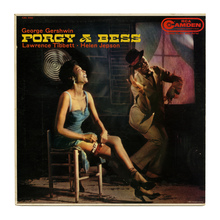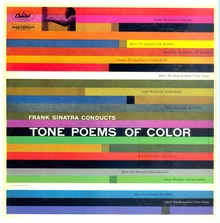Three weights (Nos. 3–5; w/ different numbers assigned to
smaller sizes) plus one Extended style were patented by MacKellar, Smiths & Jordan on March 31, 1885
[1889
specimen/ad]. The design of the regular-wide styles is credited
to Charles H. Beeler [Loy].
Continued by ATF as series of numbered
gothics, now named (Lining) Gothic Nos. 40 (Extended),
43 (Light), 44 (Medium), 45
(Bold). The numbers were later appended with an initial “5”,
indicating that the faces had been adjusted to standard
alignment.
Gothic No. 544 and 545 were shown by
ATF as late as 1979. Hansen’s New York Gothic was
equivalent to 545 [McGrew 1993].
Not to be confused with Philadelphia Lining Gothic, a different
family also available from ATF in the same period.
Lining (APFEL
Type Foundry, 2020) is a More…
Three weights (Nos. 3–5; w/ different numbers assigned to smaller sizes) plus one Extended style were patented by MacKellar, Smiths & Jordan on March 31, 1885 [1889 specimen/ad]. The design of the regular-wide styles is credited to Charles H. Beeler [Loy].
Continued by ATF as series of numbered gothics, now named (Lining) Gothic Nos. 40 (Extended), 43 (Light), 44 (Medium), 45 (Bold). The numbers were later appended with an initial “5”, indicating that the faces had been adjusted to standard alignment.
Gothic No. 544 and 545 were shown by ATF as late as 1979. Hansen’s New York Gothic was equivalent to 545 [McGrew 1993].
Not to be confused with Philadelphia Lining Gothic, a different family also available from ATF in the same period.
Lining (APFEL Type Foundry, 2020) is a digital interpretation of the light weight, with added oblique. Lining Gothic also inspired Polymode.


























